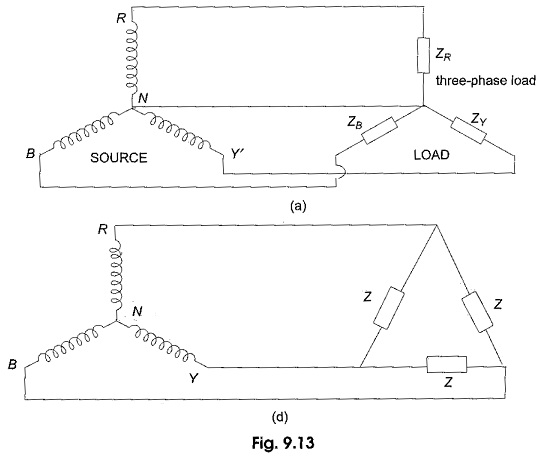A three-phase load refers to an electrical system that uses three separate alternating currents (AC) phases to distribute power. This type of power distribution is commonly used in commercial and industrial settings in Australia due to its efficiency and ability to handle higher loads compared to single-phase systems.
In Australia, three-phase power is delivered at a standard voltage of 400V AC between phases and 230V AC between each phase and neutral. The three phases are offset by 120 degrees, which ensures a continuous and balanced power supply. This configuration allows for more efficient energy distribution and reduced voltage drop over long distances.
Three-phase loads are characterized by their higher power capacity, making them ideal for heavy-duty machinery, large motors, and high-power industrial equipment. They offer advantages such as smoother operation and reduced electrical noise compared to single-phase systems.
Electricians must ensure that three-phase systems comply with Australian standards, such as AS/NZS 3000, which governs wiring and safety practices. Proper installation and maintenance are crucial for optimal performance and safety of three-phase systems in commercial and industrial applications.

Electricians must ensure that three-phase systems comply with Australian standards, such as AS/NZS 3000, which governs wiring and safety practices. Proper installation and maintenance are crucial for optimal performance and safety of three-phase systems in commercial and industrial applications.